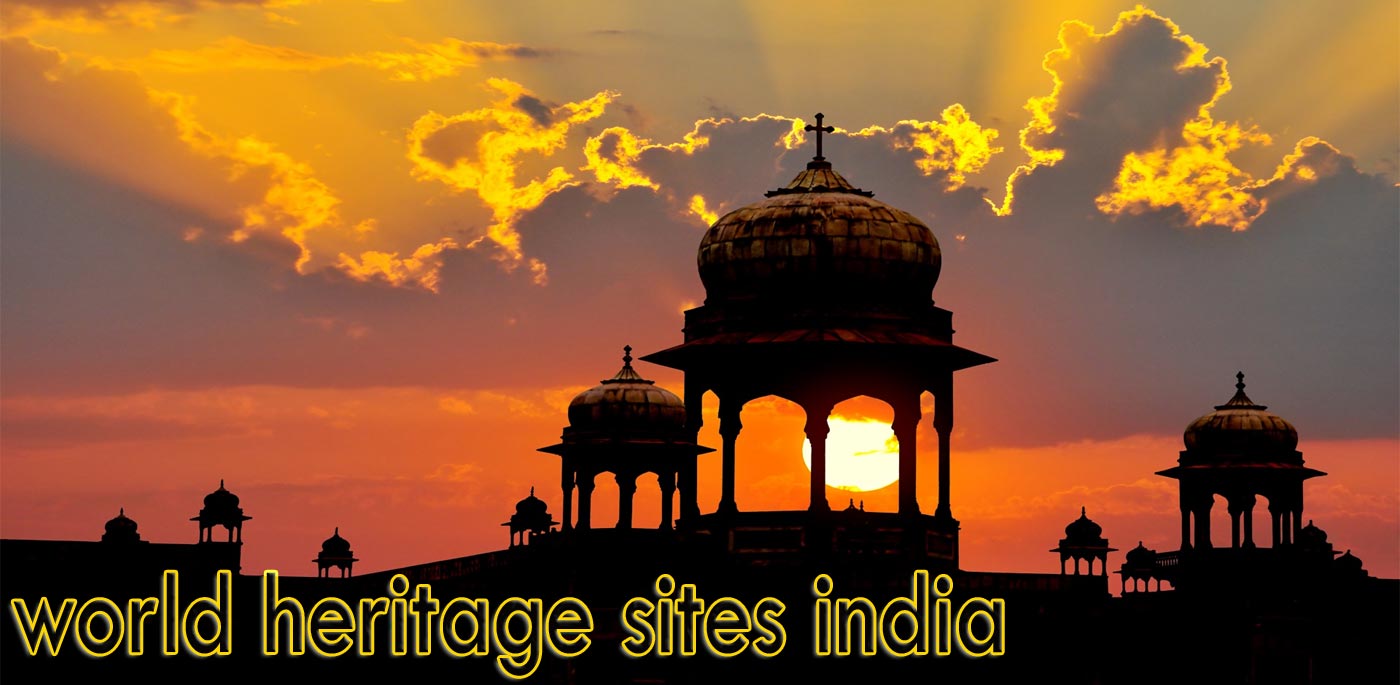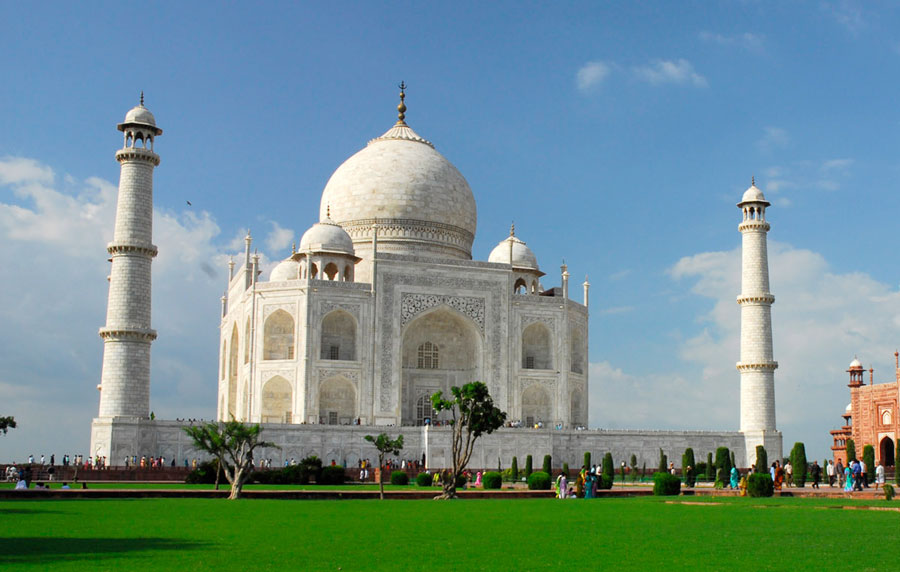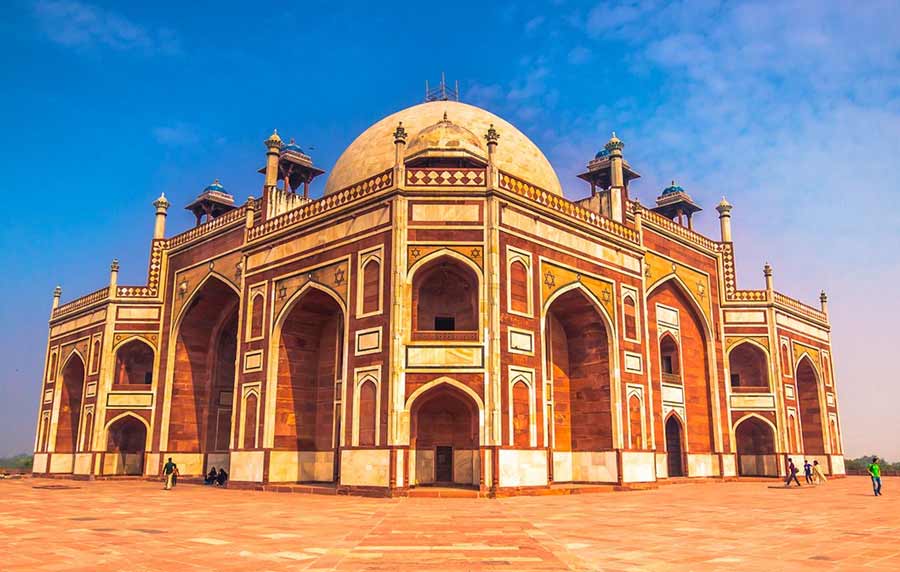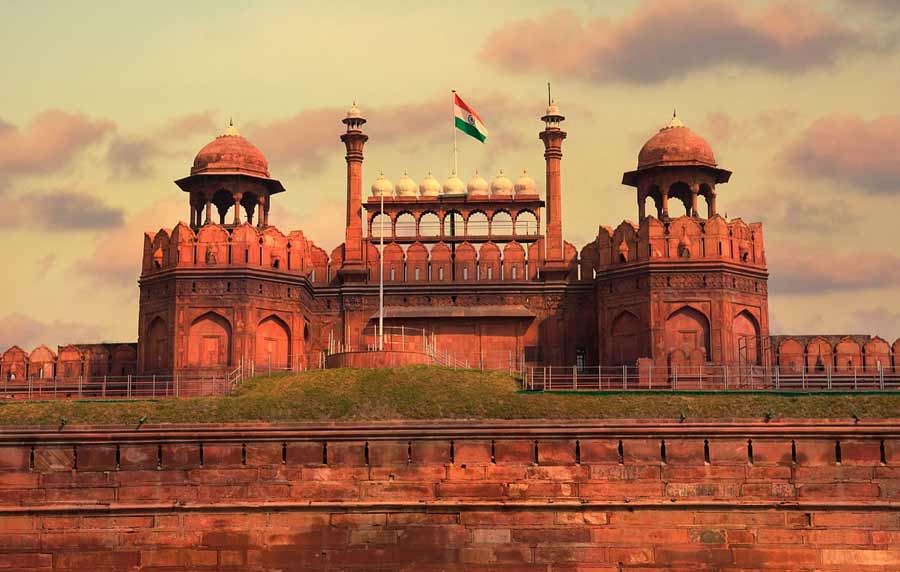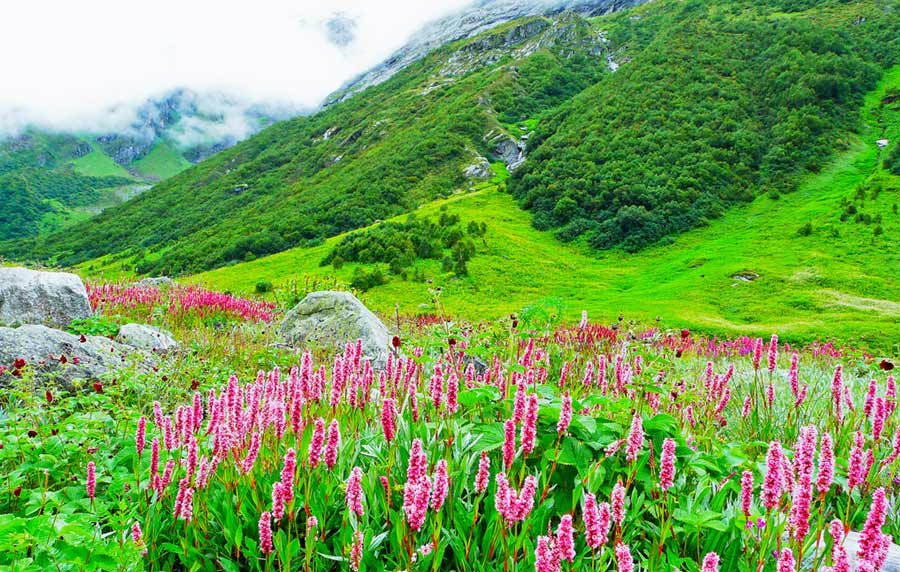Agra Fort
Agra Fort, a UNESCO World Heritage Site located in Agra, India, has also been known by the names Lal Qila, Fort Rouge and Red Fort of Agra. Situated about 2.5 km northwest of its much more famous sister monument, the Taj Mahal, the fort may be more accurately described as a walled palatial city. As most important fort in India, the great Mughals Babur, Humayun, Akbar, Jehangir, Shah Jahan and Aurangzeb lived and governed the country within the walls. The fort contains the largest state treasury and mint in India. Visited by foreign ambassadors, travellers and the highest dignitaries, Agra Fort witnessed a parade of historically significant persons who participated in the making of history in India.
Agra Fort represents a blend of Hindu and Islamic civilization and architecture. Prior to undergoing an phenomenal remodeling along Islamic lines in the middle 1500s, Agra Fort had been maintained as a stronghold of the Hindu government. After the British used Agra Fort as a headquarters and barracks from 1800 to 1860, the structure blended Hindu and Islamic architecture. Unfortunately, the British destroyed many of the 500 original buildings within the fort to make way for quartering and training troops. Fortunately, a few of the original structures of the fort remained standing after their departure, permitting a glimpse at the magnificience of the building enterprise.
UNESCO World Heritage Sites India
The United Nations Educational, Scientific and Cultural Organization (UNESCO) World Heritage Sites are important places of cultural or natural heritage as described in the UNESCO World Heritage Convention, established in 1972. There are 37 World Heritage Sites located in India. These include 29 cultural sites, seven natural sites and one mixed site. India has the sixth largest number of sites in the world. Recently, Orchha is enlisted in the tentative list of UNESCO. The Seventh Wonder of the World and a UNESCO World Heritage Site, Taj Mahal is not merely a site that brings us to the pages of history; it is an epitome of true love, brilliant architecture and artistic precision. The white-marble mausoleum was commissioned by Shah Jahan for his wife, Mumta Mahal, way back in 1632. And to complete the masterpiece it took about 22 years and as much as 20,000 artisans.
 +91 9799050299
+91 9799050299 

